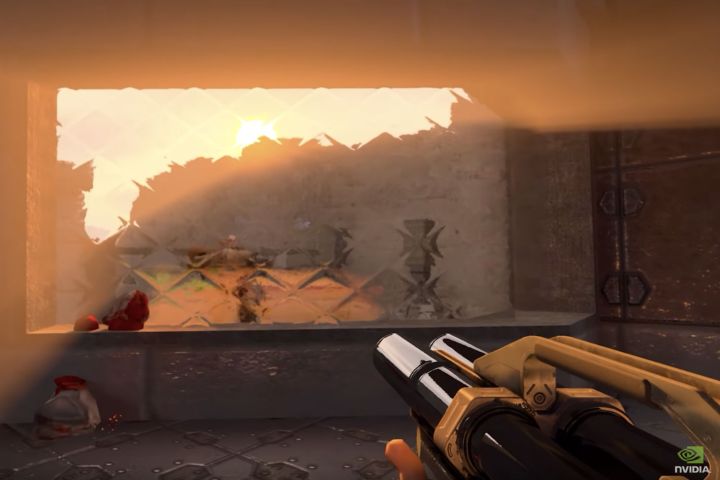
Gamers stubbornly hanging on to Windows 7 and refusing to upgrade to Windows 10 may soon be able to play ray tracing-enabled titles on Microsoft’s older platform. The company is expanding its efforts to support DirectX 12 on the aging operating system, which means that game developers will soon be able to port DirectX Ray tracing, or DXR, titles to Windows 7. Given that the aging operating system commands a little more than 31% of the Windows OS market share, the move could also help spur adoption of Nvidia’s latest GeForce RTX graphics cards among Windows 7 gamers who previously had no reason to upgrade their GPUs given that they weren’t able to take advantage of the flagship ray tracing feature of the new cards.
This latest effort from Microsoft in supporting gamers on Windows 7 follows a more limited effort to bring DirectX to Blizzard’s World of Warcraft on Windows 7 late last year. That move brought substantial improvements to game play, including a boost in frame rates, given that DirectX added multi-threading support. At the time, however, Microsoft cautioned that Windows 10 still had OS improvements that would make low-level graphics API run more efficiently.
A potential reason for Microsoft loosening its grips on tying DirectX 12 to Windows 10 is that adoption for Microsoft’s newest operating system has grown enough that the company now feels comfortable enough to bring the feature to older platforms.
“We announced World of Warcraft uses DirectX 12 running on Windows 7 back in March,” Microsoft’s graphics team program manager Jianye Lu wrote in a blog post detailing the company’s efforts to support more Windows 7 gamers. “Since that time, we have received a warm welcome from the gaming community, and we continued to work with several game studios to further evaluate this work.” The blog post also included three different resources for developers looking to add DirectX 12 support for games running on Windows 7, including guidance documents, sample codes, and the necessary binary files and license terms.
DirectX 12 is a low-level graphics API that gives game developers access to the graphics card hardware, and it is a major component in enabling DirectX Raytracing. If you’re a developer interested in DirectX 12 access for Windows 7 or are looking to port ray tracing titles to the older operating system, you can also join the conversation on Discord.
In addition to working with Blizzard, Wccftech reported that Microsoft will also allow Windows 7 gamers to play Gears 5 on the platform if the game was purchased on Steam.
In addition to gamers, creatives working in a Windows 7 environment could also stand to gain from Microsoft’s expanding support of DirectX 12.
Editors' Recommendations
- DirectX 12 vs. DirectX 11: which is best for PC gaming?
- Intel drops support for DirectX 9, but it may be a good thing
- Ditch DirectX: It’s time to start using Vulkan with PC games


